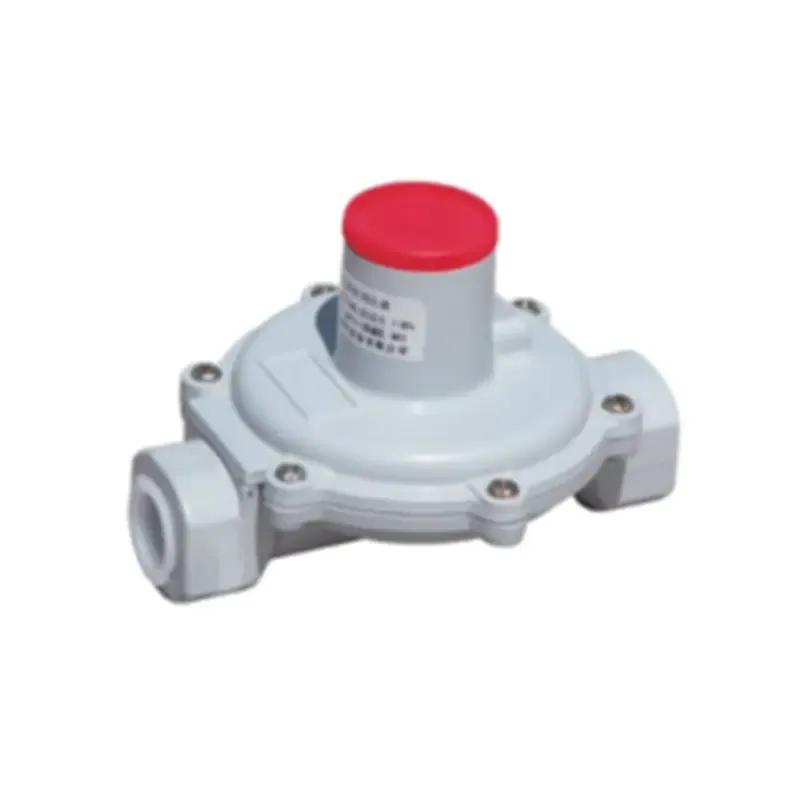
Nov . 19, 2024 19:17
Back to list
skid mounted equipment
Understanding Skid Mounted Equipment A Comprehensive Overview
In today's rapidly advancing industrial landscape, the demand for standardized, efficient, and mobile equipment has become increasingly essential. Skid mounted equipment delivers precisely that. By definition, skid mounted equipment refers to machinery or units that are mounted on a frame or platform, allowing for easy transportation and installation. This configuration has found applications across various industries, including oil and gas, construction, water treatment, and more.
The Design and Functionality of Skid Mounted Equipment
The fundamental design of skid mounted systems allows for flexibility and efficiency. Skids are typically constructed from robust materials such as steel or aluminum, ensuring durability while maintaining a manageable weight. This design enables the equipment to be transported with standard vehicles and setup at the job site with relative ease. Maintenance and serviceability also become straightforward due to the compact and integrated nature of the equipment.
Common examples of skid mounted equipment include compressors, pumps, generators, and modular process units. These units are advantageously designed to operate independently or integrate seamlessly with existing infrastructure. For instance, a skid-mounted generator can be deployed at a construction site to provide the necessary power without permanent installation, allowing for mobility as project requirements evolve.
Benefits of Skid Mounted Equipment
1. Mobility and Portability One of the most significant benefits of skid mounted equipment is its mobility. Industries that require frequent relocation of machinery, such as oil and gas exploration, benefit immensely from the portable nature of skid mounted units. This facilitates operations over several geographical locations without the need for extensive modifications.
2. Cost-Effectiveness Skid mounted systems often reduce installation costs and time. The pre-assembled nature of these units allows for quicker deployment at the site, minimizing downtime and labor costs. Additionally, their compact footprint allows for efficient use of space, which can be crucial in crowded environments.
skid mounted equipment

3. Modularity Skid mounted equipment can be designed to be modular, allowing operators to add or remove components based on specific needs. This adaptability is particularly beneficial in industries like water treatment, where processes may need to be adjusted based on changing regulations or resource availability.
4. Safety and Compliance Safety is paramount in any industrial application. Skid mounted equipment can be designed with safety features integrated into the skid itself, ensuring that operations meet regulatory standards and reduce risks associated with equipment failure or accidents on site.
Challenges and Considerations
While skid mounted equipment presents numerous advantages, potential challenges must also be addressed. Transportation logistics can be complex, particularly if oversized equipment is involved. Additionally, specific regulatory requirements may dictate how and where skid mounted units can be deployed. Companies must be aware of these factors and plan accordingly to ensure compliance and operational efficiency.
Maintenance is another critical aspect. While skid mounted equipment is generally designed for easier serviceability, regular checks and adherence to maintenance schedules are essential to ensure longevity and optimal performance.
Conclusion
In conclusion, skid mounted equipment plays a crucial role in contemporary industry by providing a versatile, efficient, and cost-effective solution to mechanical needs. With their mobility and modularity, these systems enable companies to adapt quickly to changing demands and environments. As industries continue to evolve, the significance of skid mounted equipment is expected to grow, making them an indispensable part of modern operations.
Latest news
-
Safety Valve Spring-Loaded Design Overpressure ProtectionNewsJul.25,2025
-
Precision Voltage Regulator AC5 Accuracy Grade PerformanceNewsJul.25,2025
-
Natural Gas Pressure Regulating Skid Industrial Pipeline ApplicationsNewsJul.25,2025
-
Natural Gas Filter Stainless Steel Mesh Element DesignNewsJul.25,2025
-
Gas Pressure Regulator Valve Direct-Acting Spring-Loaded DesignNewsJul.25,2025
-
Decompression Equipment Multi-Stage Heat Exchange System DesignNewsJul.25,2025

